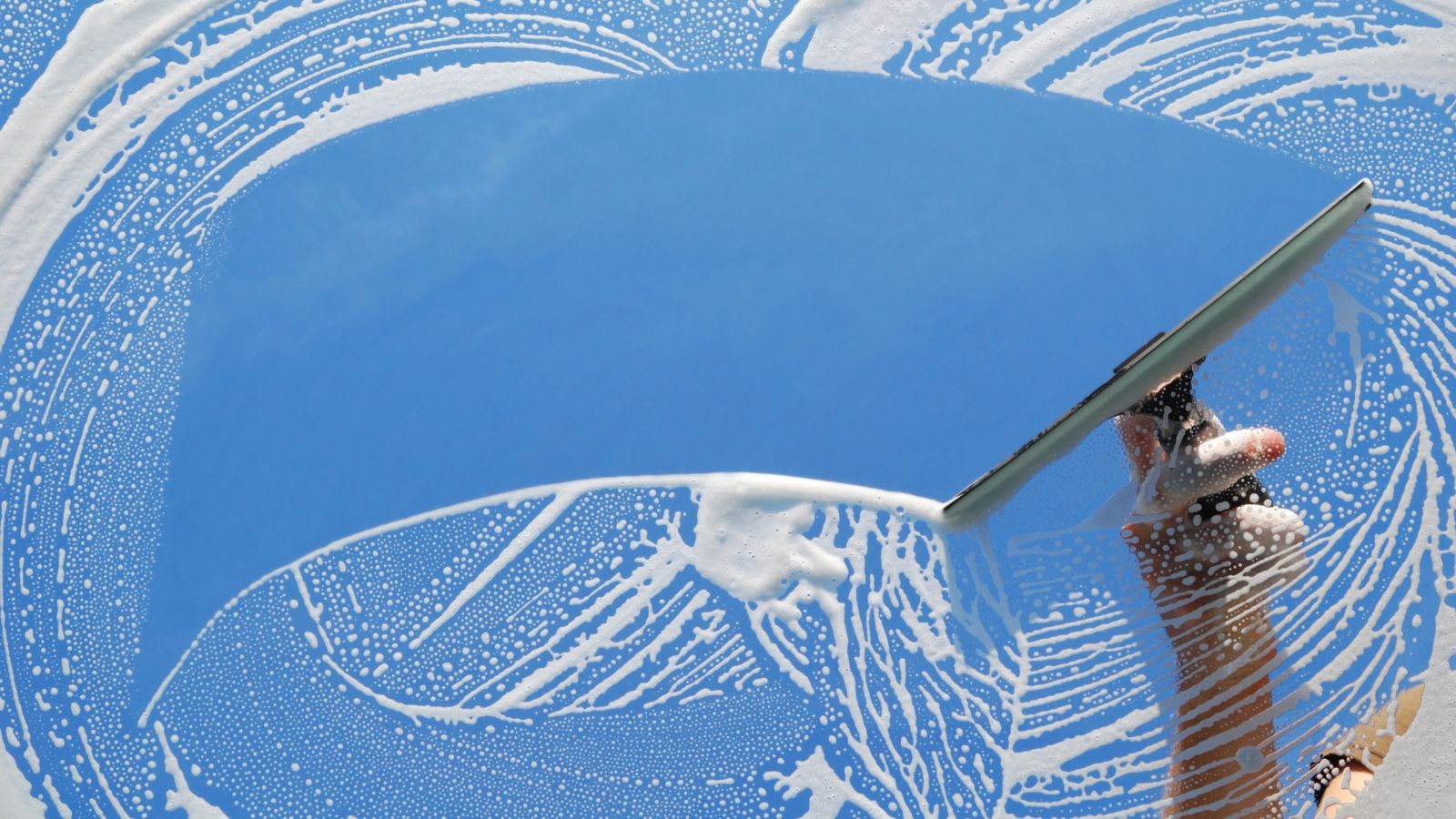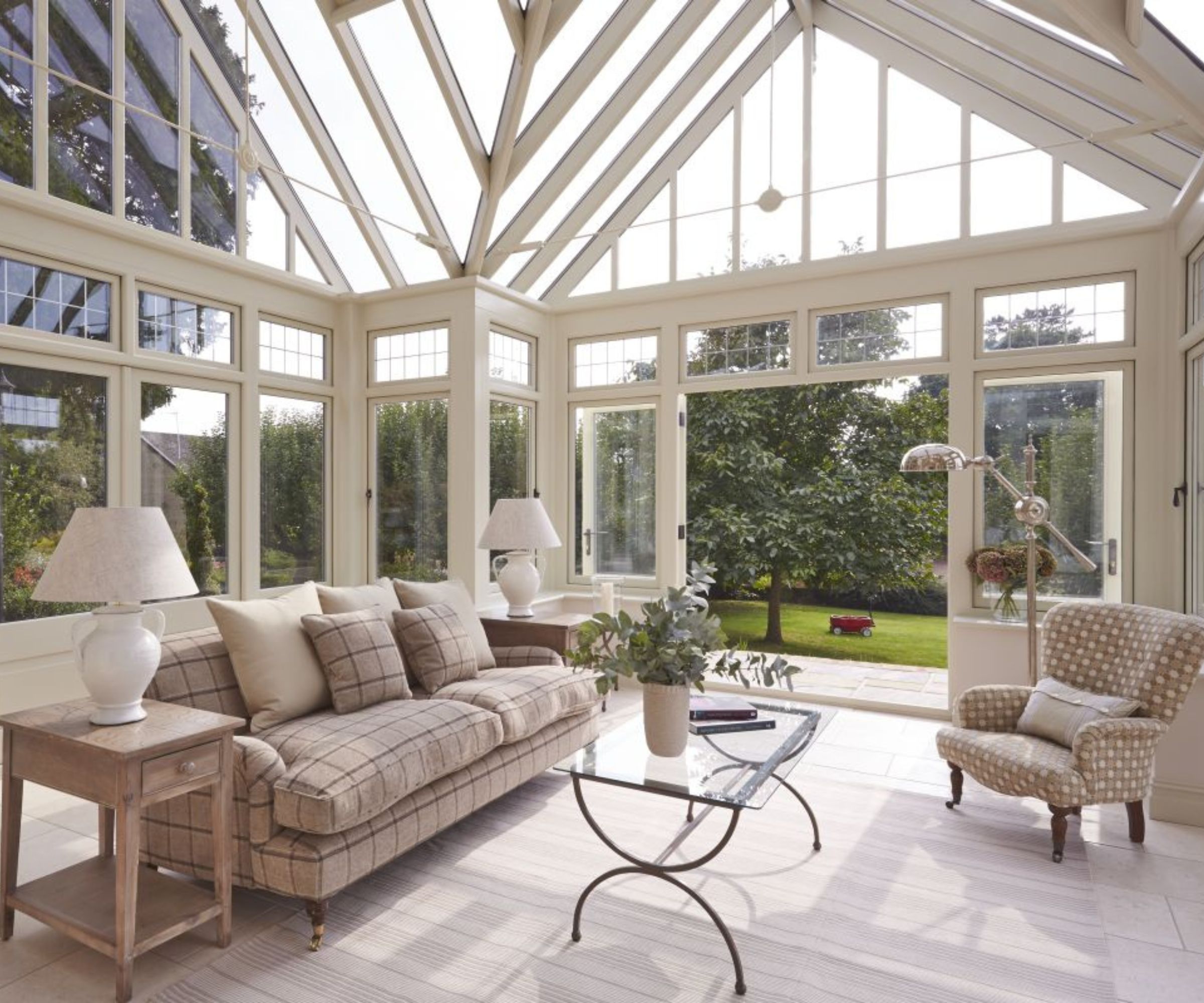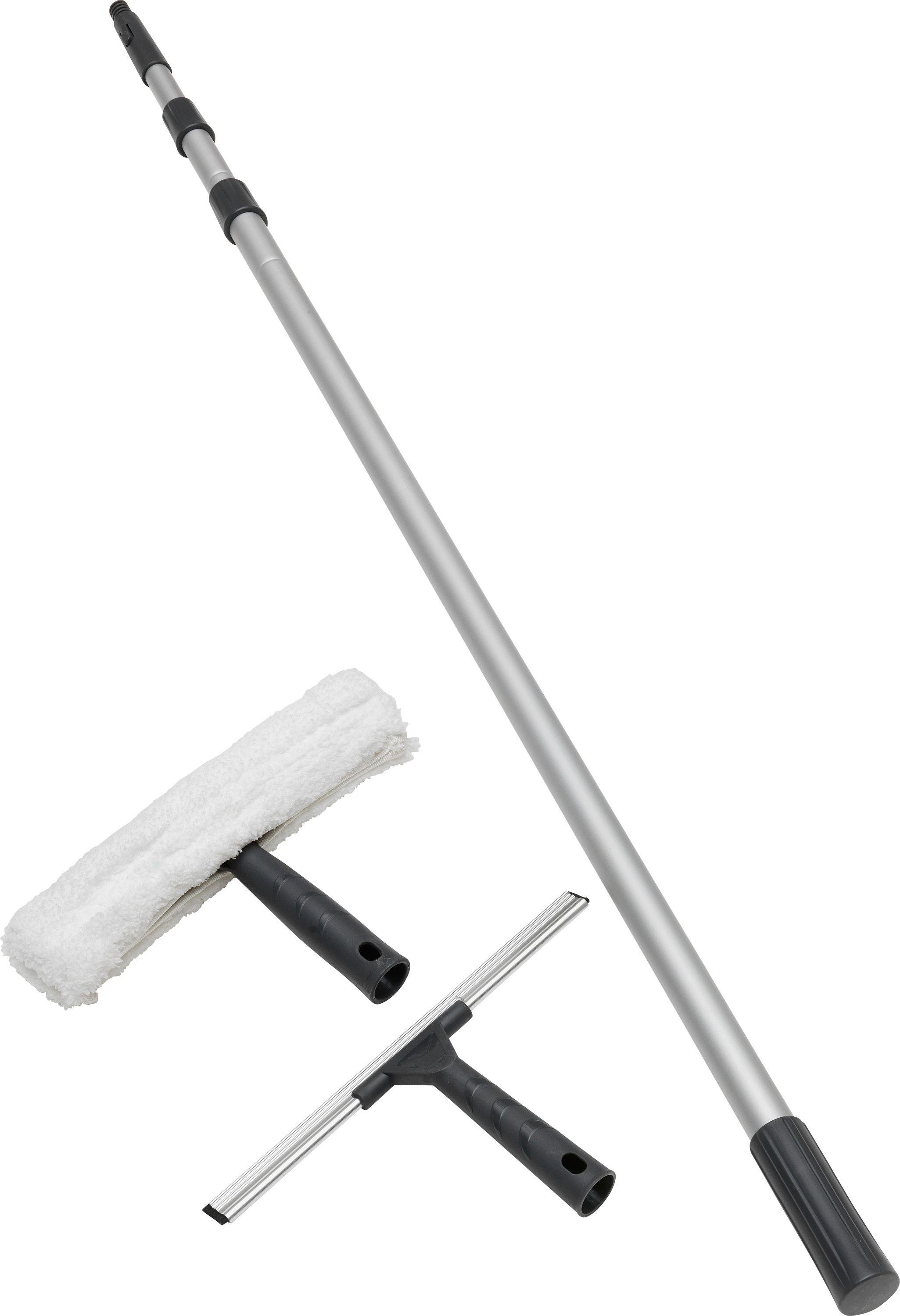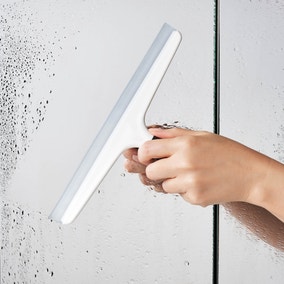How to clean a conservatory roof and keep it spotless year round
Discover the best way to clean a conservatory roof with these expert-approved maintenance tips to keep your roof looking spotless in every season

A conservatory roof can lose its sparkle if you allow dirt, moss, or mildew build up. As well as affecting how much light filters into your home, a dirty conservatory may also lead to issues with drainage, damage seals, or even cause paintwork to start to peel. If you’re currently gathering conservatory ideas or planning to improve your existing structure, keeping the roof clean is one of the simplest ways to make sure everything is looking its best.
Thankfully, keeping your conservatory clean doesn’t have to be complicated. With the right tools, products and know-how, you can tackle the job yourself.
Why do you need to clean a conservatory roof?
Your conservatory roof can become a magnet for moss, mildew and grime, particularly if it sits beneath leafy trees or isn’t cleaned as regularly as it should be.
Below, we’ll take you through everything you need to know about keeping it immaculate, from how often to clean it, to expert-backed maintenance tips and product recommendations to help you protect your investment.
How often should you clean a conservatory roof?

A good rule of thumb is to clean your conservatory roof twice a year, once in spring and once again in autumn. That said, the frequency will really depend on your surroundings. If your home is near to trees or experiences heavy seasonal leaf fall, you might need to clean it more regularly to prevent blocked gutters and water damage.
Lisa Morton, managing director of Vale Garden Houses points out that “conservatories surrounded by lots of trees and plant life will need to be regularly checked and maintained to avoid the buildup of leaves within the guttering and the obstruction of water outlets.” The direction your conservatory faces can also influence how often it needs cleaning. “A north-facing conservatory will face a higher risk of mildew and may require a more regular cleaning routine,” Lisa explains. “A south-facing conservatory, however, will likely require a more frequent schedule of painting due to the strength of the sun fading the paintwork.”

Lisa is the Director of Vale Garden Houses, a family-run business with over 40 years of expertise. Renowned for its craftsmanship, Vale is one of the most respected and well-established names in the design and construction of glazed structures.
How to clean a conservatory roof
Cleaning your conservatory roof might seem like a big job, but with the right tools and a little know-how, it’s surprisingly simple. Follow these 6 simple steps to get yours gleaming again:
Step 1: Clear away loose debris first
Before you introduce any water or cleaning solutions, make sure you remove moss, leaves, or dirt sitting on the conservatory roof. Use a telescopic brush with soft bristles to gently sweep away debris without scratching the surface. This is especially important around joints, seals, and gutters, where debris tends to accumulate unnoticed. Don’t forget to check for blockages in downpipes too, especially before winter sets in, when trapped water can freeze and cause additional damage.
Step 2: Mix a gentle cleaning solution
Once the surface is clear, fill a bucket with warm water and a mild detergent. You can also use a specialist window cleaning solution – such as this HG Glass Window Cleaner from B&Q – as long as it's appropriate for your conservatory roof type (i.e. glass or polycarbonate). Try to avoid bleach or any highly abrasive cleaners, which can potentially harm protective coatings or seals.
Step 3: Clean the roof panels
Attach a sponge or soft cleaning head to your telescopic pole and start cleaning the roof in manageable sections. Work from top to bottom to prevent dirty water from running onto areas you’ve already cleaned. Keep your movements gentle and don’t scrub too hard, especially if your roof is older or timber-framed.

With an extendable 10.5ft high pole, and an interchangeable washer mitt and squeegee, this kit is ideal for reaching your conservatory roof panels.
Step 4: Rinse gently but thoroughly
Once each section is washed, use a hose with a spray attachment to rinse away any remaining solution. Be careful not to use a pressure washer, even on a lower setting. While it may seem like a shortcut, it can do more harm than good.
“A pressure washer is not normally advised,” cautions Mervyn Montgomery. “It can damage the seals and coatings and cause the ingress of water into the structure.”
Step 5: Don’t forget the frame and fixings
It’s easy to focus on the panels when cleaning a conservatory roof, but the frames, trims and decorative elements will need some attention, too. Over time, dirt and moisture can collect in corners or around joins, especially on oak frame conservatories, leading to problems down the line if they're not properly maintained.
“Timber frames should be cleaned periodically to remove dirt and debris, which can trap moisture and lead to deterioration over time,” says Karen Bell, creative director at David Salisbury. “Homeowners should also check for any signs of wear, such as cracks to paintwork, and address them promptly to prevent water ingress.”
It's also worth thinking about how your conservatory is positioned. A north-facing roof is more likely to attract mildew, while a south-facing one may show signs of fading due to prolonged sun exposure, both of which can affect the condition of the frame.
Mervyn Montgomery, Joint-Founder and Managing Director at Hampton Conservatories, reinforces the need for regular upkeep: “The painted finish on timber conservatories can last from 5 to 8 years before re-painting, but regular maintenance – washing with a mild soap and water at least twice a year – is essential, especially in areas of higher pollution or near the coast.”

As Sales and Marketing Director at David Salisbury, Karen has gained extensive expertise in conservatories, enabling her to guide customers toward the ideal choice for their home.

Nearly 40 years ago, Mervyn founded Hampton Conservatories as a specialist manufacturer of bespoke joinery for the restoration and heritage sectors. Since then, he has personally led the company’s expansion across the UK, Ireland, and beyond.
Step 6: Dry and polish (if needed)
You don’t always have to dry your conservatory roof, especially polycarbonate models, but if yours is glass and you want a flawless finish, it’s worth going over the surface with a microfibre cloth or a squeegee.
This final step helps remove any lingering streaks or water spots, and gives you a last chance to check for missed areas or signs of damage. A dry roof also makes it easier to inspect the condition of seals, trims, and paintwork, which is especially helpful for spotting issues that may indicate it's time for a conservatory roof replacement.

Supplied with a suction cup holder, this all purpose squeegee helps clean windows and various glass surfaces.
How to keep your conservatory roof clean for longer
Once your roof is sparkling, there are a few things you can do to reduce how often it needs a deep clean. Trimming back nearby trees will help prevent leaves and debris from gathering on the roof and in the gutters. You could also consider fitting gutter guards to minimise build-up throughout the year.
Some homeowners like to apply anti-moss or anti-algae treatments to glass or polycarbonate panels after cleaning. Just be sure they’re suitable for your specific roof type.
Alongside looking out for cracks in paintwork or signs of moisture, it’s also worth checking how well your conservatory is ventilated. As Karen Bell explains: “Ensuring proper ventilation within the conservatory will help prevent conservatory condensation, which can contribute to timber decay."
If your roof is particularly high up, tricky to access or made from delicate materials, it’s worth calling in the professionals. A specialist cleaner will get the job done safely and may flag any issues that point to repairing your conservatory roof or even upgrading it altogether.
Get the Homebuilding & Renovating Newsletter
Bring your dream home to life with expert advice, how to guides and design inspiration. Sign up for our newsletter and get two free tickets to a Homebuilding & Renovating Show near you.

Gabriella is an interiors journalist and has a wealth of experience creating interiors and renovation content. She was Homebuilding & Renovating's former Assistant Editor as well as the former Head of Solved at sister brand Homes & Gardens, where she wrote and edited content addressing key renovation, DIY and interior questions.
She’s spent the past decade crafting copy for interiors publications, award-winning architects, and leading UK homeware brands. She also served as the Content Manager for the ethical homeware brand Nkuku.
Gabriella is a DIY enthusiast and a lover of all things interior design. She has a particular passion for historic buildings and listed properties, and she is currently in the process of renovating a Grade II-listed Victorian coach house in the West Country.
